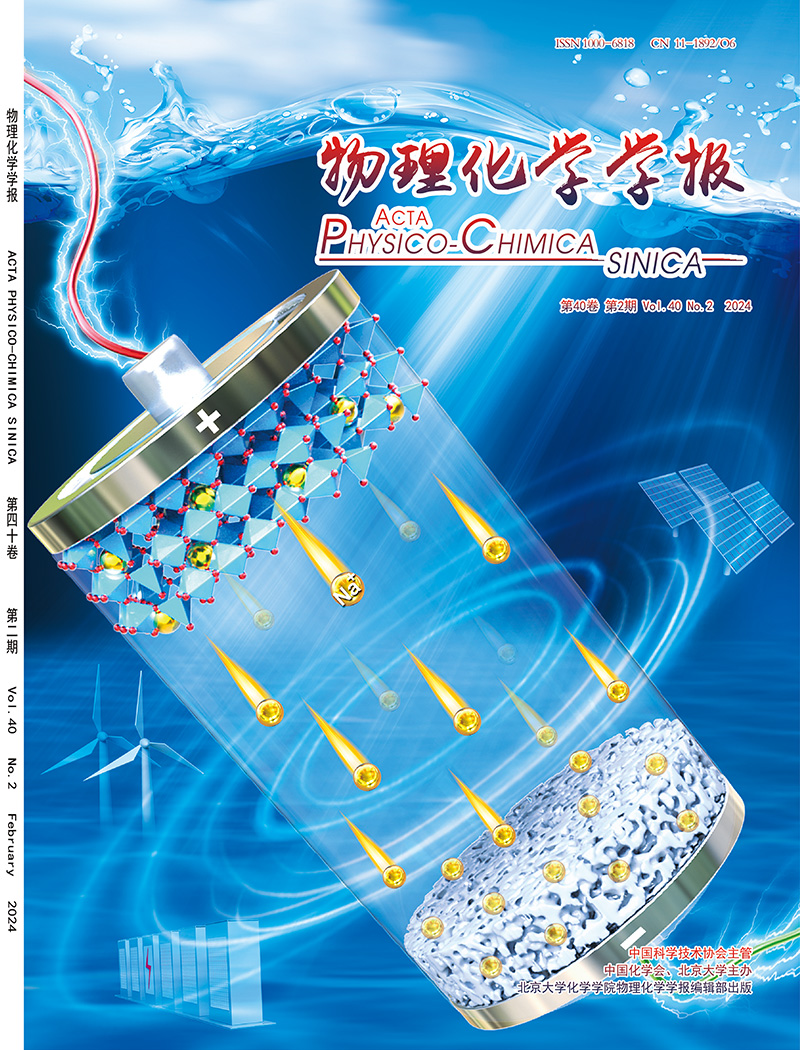Selective electrosorption of Cs(I) from high-salinity radioactive wastewater using CNT-interspersed potassium zinc ferrocyanide electrodes
IF 13.5
2区 化学
Q1 CHEMISTRY, PHYSICAL
引用次数: 0
Abstract
The management of 137Cs-containing radioactive wastewater from the Fukushima nuclear accident (FNA) has garnered significant attention due to the challenge of its safe disposal. The presence of co-existing Na+ ions severely impedes Cs+ removal, exacerbating the costs associated with radioactive wastewater treatment. Recently, capacitive deionization (CDI) technology has demonstrated significant potential in this field. However, its application is limited by the lack of suitable electrode materials that exhibit high Cs+ selectivity. In this study, we developed a composite of carbon nanotubes (CNT) interspersed potassium zinc ferrocyanide (KZnFC-CNT), which was pre-activated via an electrochemical method, to serve as a CDI cathode for the selective electrosorption of Cs+ ions from saline radioactive wastewater. The KZnFC-CNT electrodes exhibited a maximum electrosorption capacity of 392.75 mg g−1, with the highest electrosorption rate of 11.21 mg g−1 min−1. Furthermore, these electrodes exhibited remarkable selectivity, achieving a selectivity factor of 138.2 for Cs+ over Na+ in a Na+: Cs+ molar ratio of 100 : 1. X-ray diffraction, electrochemical analysis, and theoretical simulations revealed that the selective electrosorption of Cs+ is primarily governed by the ion exchange process between Cs+ and Na+ ions, as well as lattice phase transformations in KZnFC. This study presents an effective approach for the treatment of cesium-containing radioactive wastewater with high salinity.

碳纳米管散布亚铁氰化钾锌电极选择性电吸附高盐度放射性废水中的铯(I)
福岛核事故中含137cs的放射性废水的管理由于其安全处置的挑战而引起了极大的关注。共存的Na+离子的存在严重阻碍了Cs+的去除,加剧了与放射性废水处理相关的成本。近年来,电容去离子(CDI)技术在这一领域显示出巨大的潜力。然而,由于缺乏具有高Cs+选择性的合适电极材料,其应用受到限制。在这项研究中,我们开发了一种碳纳米管(CNT)穿插亚铁氰化钾锌(KZnFC-CNT)的复合材料,通过电化学方法进行预活化,作为CDI阴极,用于选择性电吸附含盐放射性废水中的Cs+离子。KZnFC-CNT电极的最大电吸附容量为392.75 mg g−1,最高电吸附速率为11.21 mg g−1 min−1。此外,这些电极表现出显著的选择性,在Na+: Cs+摩尔比为100:1的情况下,Cs+对Na+的选择性因子为138.2。x射线衍射、电化学分析和理论模拟表明,Cs+的选择性电吸附主要受Cs+和Na+离子之间的离子交换过程以及KZnFC中晶格相变的控制。本研究提出了一种处理高盐度含铯放射性废水的有效方法。
本文章由计算机程序翻译,如有差异,请以英文原文为准。
求助全文
约1分钟内获得全文
求助全文

 求助内容:
求助内容: 应助结果提醒方式:
应助结果提醒方式:


